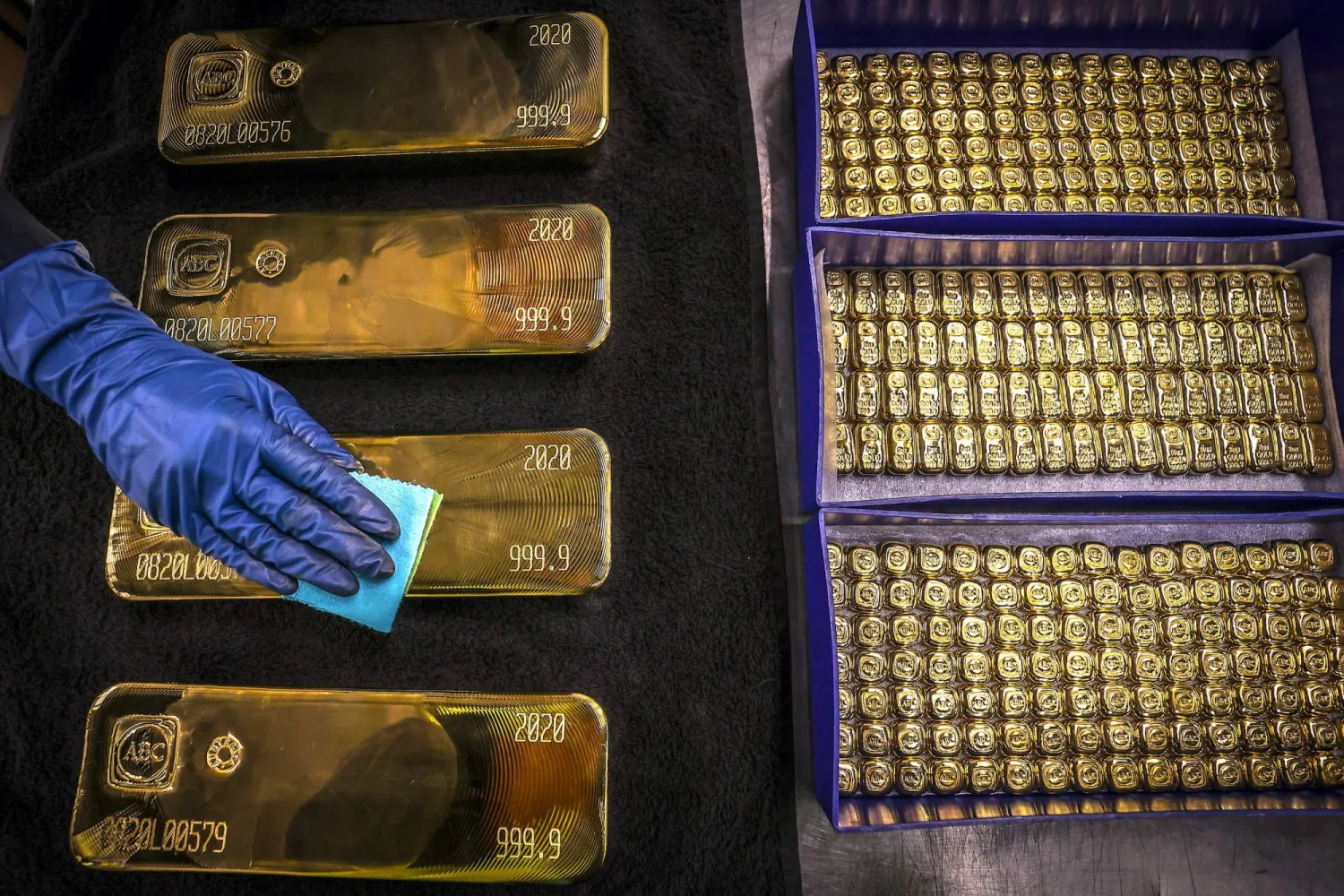A system that operates under the National Transformation Program, one of the pillars of Saudi Vision 2030, has achieved record results at a fast pace during 2023.
The program seeks to accelerate digital transformation in the Kingdom and focuses on a wide range of priorities, including, empowering the private sector, achieving government excellence, and developing economic partnerships.
A recent report issued by the program, a copy of which was reviewed by Asharq Al-Awsat, showed the extensive progress of the national transformation system over the past year, with services becoming easier and more comprehensive thanks to the many initiatives implemented by the various ministries and concerned bodies.
According to the report, the Ministry of Economy and Planning launched the “Saudi Census,” the most accurate and most comprehensive in the history of the Kingdom, in addition to the Saudi Data Platform, which includes major economic and social indicators.
The report said that the Ministry of Investment was able to issue more than 180 licenses for regional headquarters for international companies, and develop 1,200 investment opportunities on the “Invest in Saudi Arabia” platform, in addition to holding more than 31 global forums.
Moreover, the Ministry of Environment, Water and Agriculture launched a number of initiatives and programs over the past year, including 25 stations to monitor noise pollution, 100 stations to monitor light pollution, the Climate Change Center, and the Regional Center for Warning of Dust and Sand Storms, in addition to other platforms.
For its part, the Ministry of Commerce launched a number of programs, including, the Business Growth Acceleration Program, as well as the Stanford for Entrepreneurs and Leaders program, and the “Slingshot” program.
Last year, the Ministry of Justice unveiled many services that contribute to accelerating the implementation of real estate operations, in addition to the updated version of the Najiz platform, which seeks to improve the quality of services provided and raise the satisfaction rate of beneficiaries.
As for the Ministry of Communications and Information Technology, it has witnessed tangible developments, including the launch of the open data platform, the new version of the Tawakkalna application, the national data government platform, and the national data index “Nadha”, in partnership with the Saudi Data and Artificial Intelligence Authority (SDAIA).
The Ministry of Communications established eight innovation laboratories at the Center for Digital Entrepreneurship (CODE), to empower entrepreneurs and owners of emerging digital projects and to grow digital businesses, as well as the “Tuwaiq” program, which offers a range of training courses in programming, design and modern technologies.
Since the launch of Saudi Vision 2030, the major positive transformations witnessed in the country’s cities and regions have contributed to shaping a new, higher quality of life and providing better livelihoods.
Saudi Arabia’s Transformation Plans Achieve Record Results at Accelerated Pace

The Saudi Center for Economic Business provides facilitated services to the business sector in the country (SPA)

Saudi Arabia’s Transformation Plans Achieve Record Results at Accelerated Pace

The Saudi Center for Economic Business provides facilitated services to the business sector in the country (SPA)
لم تشترك بعد
انشئ حساباً خاصاً بك لتحصل على أخبار مخصصة لك ولتتمتع بخاصية حفظ المقالات وتتلقى نشراتنا البريدية المتنوعة







